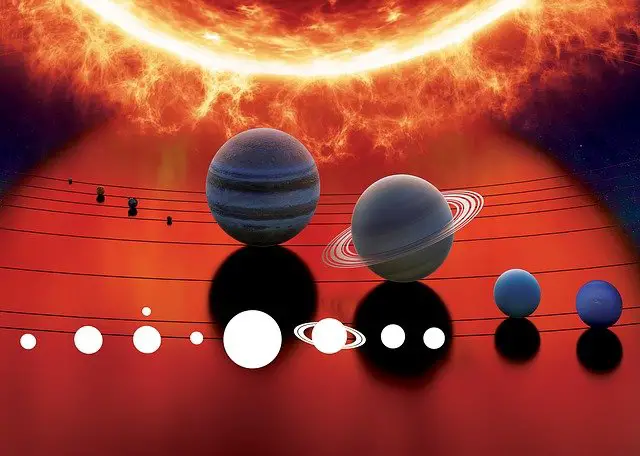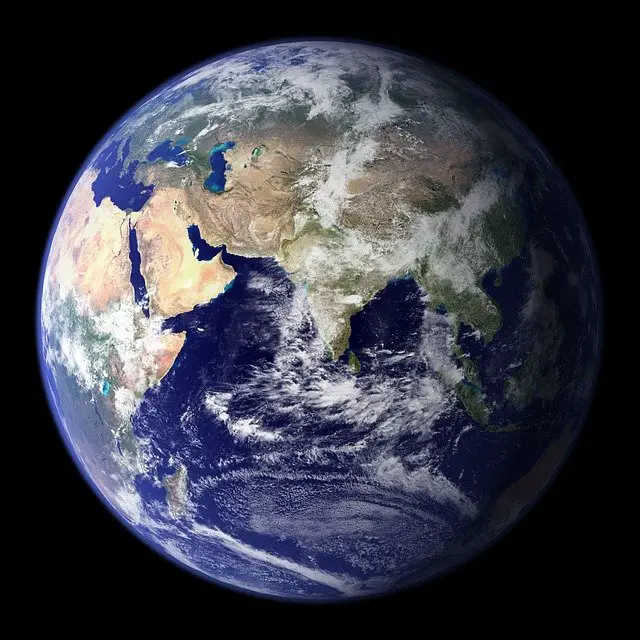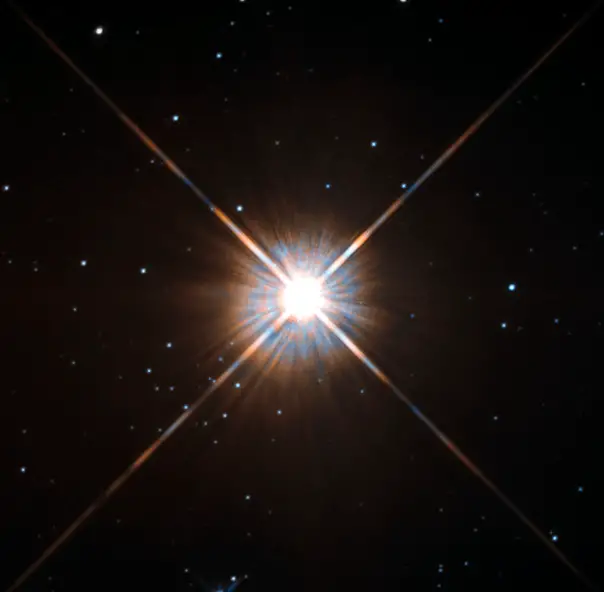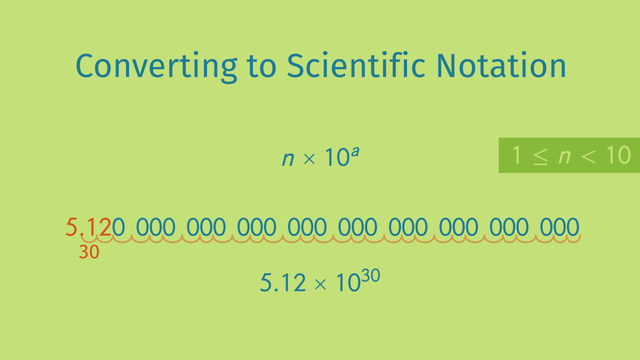Scientific notation is a way to express numbers as a product of a decimal number and a power of ten, making large or small numbers more manageable for calculation and representation.
Many problems in math or science use quantities or numbers that are relatively easy to use or mentally picture such as 5, 10, 10,000, 6.5, etc.
However, real-life situations in science or engineering often call for dealing with numbers that are either too large or too small such as the following:
- 6,076,432,000,000,000,000,000,000, 000,000, 000,000 (very large)
- 0.000000000000000005674 (very small)
Handling and representing such numbers is challenging. Remember that numbers can take any value including numbers with digits that can’t fit on this page. It is tedious or impossible to write them down by the usual method.
Fortunately, mathematicians and scientists have introduced a shorthand solution through what is called Scientific Notation.
The older and more familiar method is called the Standard Notation. You can express or convert a number from one method to the other.
For example, 800 can be written as 8 x 10^2.
1,000,000,000,000 can be written simply as 1 x 10^12
You can see that the Scientific Notation takes very little space and is easier to manage, especially when you want to perform calculations with numbers that have many digits.
How It Works
To represent numbers in scientific notation, you write them as a number that is multiplied with another which is a power of ten.
It always consists of two parts.
For example, to write 5,643 we can write:
5.643 x 10^3
The first part (5.643) is called the coefficient that may include any number from 1 but is less than 10.
The second part (10^3) consists of the base (10) which is then raised by another number (3) called the exponent or power.
Let’s look at another example: To write 0.00453, we can write.
4.53 x 10^-3
You can see that the base can be raised by power or exponent which is either positive or negative.
Exponents along with their signs give you the direction and the number of places to shift the decimal point when you want to convert from Standard Notation to Scientific Notation.
To do this, it is useful to view all numbers as having a decimal point. So even non-decimal numbers like 435 can still be expressed with a decimal point like 435.0.
This is because 435 is the same as 435.0
For non-decimal numbers, you get the coefficient of your number by shifting the decimal point left from its present place to just after your first digit.
For decimal numbers, you shift the decimal point right from its present position to just after the first non-zero digit.
Look at the following examples.
Converting your number from Standard Notation to Scientific Notation
To write your number in Scientific Notation, follow these steps.
First get the two parts for your number: the coefficient part and the base part.
Using the non-decimal example of 5,466 (which is the same as 5,466.0):
- Shift the decimal point 3 places left until it stops after 5. That makes 5.466
- The number of places you shifted the decimal point is 3 so this becomes your exponent. That produces 10^3.
- Write your number in Scientific Notation using these two parts to produce: 5.466 x 10^3
Using decimal number 0.000345 as an example:
- Shift the decimal point 4 places to the right and stop just after the first non-zero number which is 3. This produces 3.45
- The number of places you shifted the decimal point is – 4. (since it moved right) Your exponent is – 4
- Write your Scientific Notation using these 2 parts to produce: 3.45 x 10^-4
Let us look at examples of Scientific Notation in real life.
1. Mass of the sun

The mass of the sun is an incredibly large number: 1,988,000,000,000,000,000,000,000,000,000 kg.
The number of places you shift the decimal from the last zero is 30 which is what we use for our exponent.
So we can write the sun’s mass as:
1.988 x 10^30 kg.
2. Diameter of the solar system

The solar system is the system that carries the sun and the planets that revolve around it.
The diameter is estimated to be about 287,460,000,000 km. This can be written as 2.8746 x 10^11 km by shifting the decimal point left by 11 places.
3. The distance light travels in one year

The fastest speed that we know of in the universe is the speed of light which is 300,000,000 m/s in a vacuum.
Scientists say that nothing can move faster than this. If light would travel for a year, the distance it would cover would be great: 95,000,000,000,000 km.
This can be written as 9.5 x 10^15 km by shifting the decimal point left by 15 places.
4. The total volume of water on the earth

The total volume of water on earth includes what is held in seas, freshwater lakes, rivers, oceans, underground, water vapor, clouds, and water in the bodies of living things.
This is estimated to be 1,386,000,000 cubic kilograms.
This can be written as 1.386 x 10^9 cubic kilograms by shifting the decimal point left by 9 places.
5. The total volume of the earth

The earth has been estimated to be 1,083,200,000,000 cubic km in volume.
This can be written in shorthand as 1.0832 x 10^12 cubic kilometers by shifting the decimal point left by 12 places.
6. The distance from the sun to the nearest star (Proxima Centauri)

Proxima Centauri is our nearest neighboring star (besides our sun).
It is 39,900,000,000,000 km away.
This can be written in short form as 3.99 x 10^13 km by shifting the decimal point left by 13 places.
7. Mass of a speck of dust

A dust particle weighs 0.000000000753 kg.
This can be written as 7.53 × 10^-10 by shifting the decimal point right by 10 places.
8. The mass of a proton

The mass of a proton has been measured to be about 0.000000000000
00000000000000167 kg which is extremely light. This can be written as 1.67 x 10^-27 kg by shifting the decimal point right by 27 places.
9. The earth’s population

The population of the whole world is about 7,000,000,000 people. This can be written as 7 x 10^9 by shifting the decimal place by 9 places right.
10. The wavelength of ultraviolet light

Ultraviolet light is part of the visible light with the shortest wavelength.
It measures 0.0000004 m which can be written as 4.0 x 10^-7 by shifting the decimal point right by 7 places.
Conclusion
There you have it; 10 examples of Scientific Notation in real life.
To be an effective mathematician or scientist, one needs to be able to work with numbers, no matter how large or small.
The Scientific Notation introduces a convenient way of doing this. In this way, one can study and solve more problems easily with fewer mistakes.

